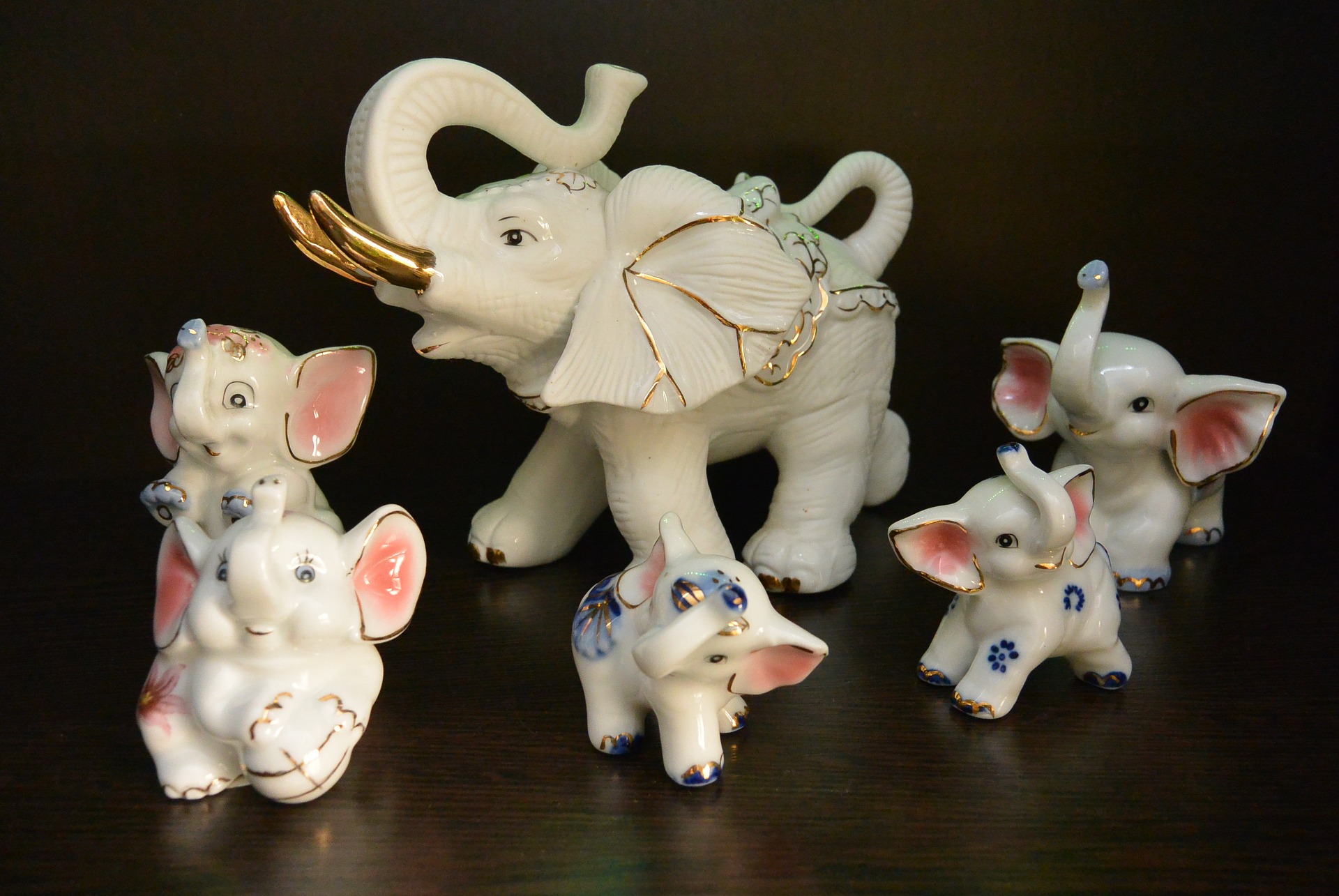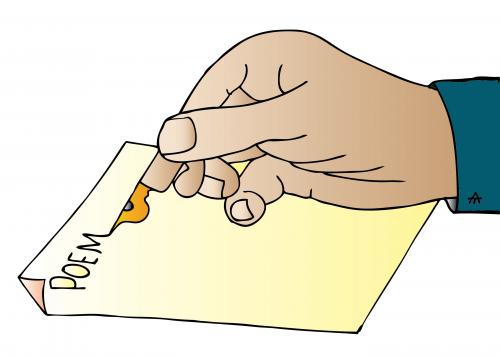‘The Bangle Sellers’ was published in the 1912 collection of poetry called The Bird of Time: Songs of Life, Death, and the Spring. The poem depicts a group of bangle sellers who wander from town to town to sell their inventory. One of them becomes the narrator or the speaker of the poem.
About the Poet:
Sarojini Naidu (née Chattopadhyaya; 13 February 1879 – 2 March 1949) was famously known as the Nightingale of India. Being a child prodigy, she excelled in her matriculations and was proficient in many languages- Bengali, English, Telegu, Urdu, and Persian. She was the renowned scientist, philosopher, linguist, educator Aghornath Chattopadhyaya and the Bengali poetess Barada Sundari Devi.
From an early age, she showed merit as a poet and was sent abroad to study literature at a scholarship by the Nizam of Hyderabad after reading her play, Maher Muneer. Her poetry, written in English, mostly dealt with Indian themes. However, she is most well known for being the second woman to become the President of the Indian National Congress. She was also the first woman to become the Governor of Uttar Pradesh. An ardent fighter for the Independence of India from the British Raj, she was a close friend of Gandhiji’s. She died at the age of seventy in Uttar Pradesh.
The Bangle Sellers: Setting
The mood of the poem is joyful. The poem appears to be jubilant as the colors it talks about. A comparison is drawn between the bangles and their colors with nature and each phase of a woman’s life.
The Bangle Sellers: Summary
Stanza 1
“Bangle sellers are we who bear
Our shining loads to the temple fair…
Who will buy these delicate, bright
Rainbow-tinted circles of light?
Lustrous tokens of radiant lives,
For happy daughters and happy wives.”
The poem is about a bangle-seller talking about the various kinds of bangles he carries with him and about the women that buy them. The poem describes the everyday life of bangle-sellers as well. The speaker of the poem is one such bangle seller, and in the first two lines, he describes what it is like to carry precious, ‘shiny loads’ of bangles to the temples, fairs, and other such places where women can buy them. The third line is akin to a bangle seller’s cry for the sale of his bangles. He calls out to women who might buy these bangles. He thinks these bangles are the tokens of happy lives and happy marriages.
Stanza 2
“Some are meet for a maiden’s wrist,
Silver and blue as the mountain mist,
Some are flushed like the buds that dream
On the tranquil brow of a woodland stream,
Some are aglow with the bloom that cleaves
To the limpid glory of newborn leaves.”
In stanza 2, the bangle-seller says that they carry different kinds of bangles, each catering to different types of women with different needs and preferences.
He says that some are blue and silver like the mist in the mountains, which are fit for a maiden’s wrist. Some bangles are of reddish hue like the flushed buds found along a stream. Some of the bangles glow like newborn leaves, owing to the dew and water from the stream. These are all representative of a young girl in her prime.
Stanza 3
“Some are like fields of sunlit corn,
Meet for a bride on her bridal morn,
Some, like the flame of her marriage fire,
Or, rich with the hue of her heart’s desire,
Tinkling, luminous, tender, and clear,
Like her bridal laughter and bridal tear.”
Some bangles are of the color yellow, like sunlit cornfields. They represent the happiness of a bride-to-be on the morn of her wedding. Then there are bangles which are flame-colored- red, orange; symbolic of a bride’s passion and desire, especially on her wedding night. These bangles are luminous and transparent but also tender. The tinkling sound they make reminds one of the sounds of a new bride’s laughter, and the clear, tender finish of the bangles bespeaks her tears as she leaves her childhood home for her husband.
Stanza 4
“Some are purple and gold-flecked grey
For she who has journeyed through life midway,
Whose hands have cherished, whose love has blest,
And cradled fair sons on her faithful breast,
And serves her household in fruitful pride,
And worships the gods at her husband’s side.”
The last stanza focuses on the life of a woman after she’s married. The bangles for these women are purple with gold and grey flecks. They are representative of a woman who is of middle age or who has reached the mid-point of her life, where she has reaped the rewards of her strife. This is the age when she has already borne sons and is proud of her life as she supports her husband, be it in life or when worshipping the household gods. You can also refer to The Bangle Sellers: Critical Analysis after studying The Bangle Sellers: Summary to better understand the poem.
You may also want to take a look at this video playlist to learn more about this poem in an Audio-Visual format!
Suggested Reading: Summary of The Bangle Sellers by Sarojini Naidu in Hindi
Some online learning platforms provide certifications, while others are designed to simply grow your skills in your personal and professional life. Including Masterclass and Coursera, here are our recommendations for the best online learning platforms you can sign up for today.
The 7 Best Online Learning Platforms of 2022
- Best Overall: Coursera
- Best for Niche Topics: Udemy
- Best for Creative Fields: Skillshare
- Best for Celebrity Lessons: MasterClass
- Best for STEM: EdX
- Best for Career Building: Udacity
- Best for Data Learning: Pluralsight















